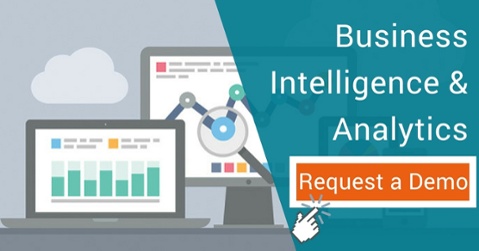American Express Global Business Travel (GBT) is the world’s largest business travel provider with 16,000 travel professionals in more than 140 countries, managing over $19 billion a year in corporate travel spending and serving 37 out of the 100 largest travel spenders in the US. American Express GBT wanted to protect and increase market share by differentiating its core services.

How American Express GBT overcame challenges with Infor Birst
Doing so would require American Express GBT to overcome a multitude of challenges. The company has to:
- Increase market share with a strategic investment in smart analytics for travel booking
- Show clients how booking directly through the system instead of personal cards can help them lower costs
- Offer buyers (head of finance and department managers) insights on employee spending and travel savings
- Increase sales win rates and shorten sales cycles
That is why American Express GBT teaming up with Infor Birst, the leader in cloud business information and analytics. The cloud-enabled business intelligence platform is the most advanced tool of its kind.
The implementation project took only 6 months, instead of 1 year had the company opted for a legacy BI solution.
Birst has allowed American Express GBT to leverage 110+ valuable metrics, and enabled its customers to manage spending through peer-to-peer benchmarking, travel cost optimisation, and understanding employee travel behaviour.
Read more: Birst Named Leader in Mobile Analytics & BI by Ventana
The solution also facilitates alerts and red flags on out-of-policy activities to maximise savings.
“We chose Infor Birst because it is cloud-enabled, and also because of its roadmap—with embedded BI, vision, and investment. We didn’t want to choose the best platform for today if, in two years’ time, it is behind the pack.”
Christophe Tcheng
VP of Core Products & Platform Architecture, American Express GBT
Birst vs legacy BI solutions
Birst stands out from other platforms with its wide range of supported data sources. From on-premises to Cloud, enabling both centralised and decentralised analytics.
Birst’s users are given all kinds of approaches to interpreting data, from data preparation to dashboards, and the ability to schedule report distribution, ensuring that customers can access and merge multiple data sources while still providing governance. Another reason why customers choose Birst is their Cloud Deployment and low total cost of ownership.
All of these advantages come from Birst’s unique networked analytics technologies.
Read more: The Evolving Role of IT in Modern Business Intelligence
What is networked analytics?
Have you ever wondered how Netflix works? They do not just randomly suggest shows to you and wish you might like them, but rather, they learn from your previous viewing data and make suggestions accordingly. That is analytics!
Read more: SAP vs. Infor – Software Giants Face Off Over Cloud Strategy
Analytics for enterprises collects data from staff’s devices, wireless metrics, mobile applications and WAN data, analyses them all and generates the results that you are looking for. In short, networked analytics seeks out patterns and trends from a series of intertwined networks, platforms of data and statistics.
Networked analytics connects BI instances to create a shared analytical fabric that enables businesses to spread their BI platforms to different regions, departments and customers. The ability to utilise networked analytics to enable smarter and data-driven decisions is critical for every business.
Legacy Business Intelligence and analytics platforms force businesses to choose between agility and governance. With networked analytics, such trade-off is avoided as a network of virtual BI instances can be created to achieve speedy deployment and access deep, robust insights with ease.
What can we do with networked analytics?
As an organisation expands over time, its data volume subsequently increases as well. Being able to utilise analytical tools to make sense of the data amidst the chaos can help businesses significantly reduce any information silo and generate much more accurate decisions.
Networked analytics eliminates these silos once and for all via its shared analytic fabric that is accessible and extendable by everyone within your organisation. Such capability allows organisations to scale instantly as the requirements change.
Moreover, networked analytics enables transparent governance as it can consolidate internal and external data sources without duplicating them, thus reducing admin resources and costs for IT BI.
Decentralised groups are given the freedom to tailor the analytical fabric with local data to suit their needs without impacting the global governed data or any other groups.
Networked analytics can also be valuable to software vendors as a great addition to any application by utilising its network of virtual instances. Vendors can reach new customers and provides agility and speedy services without recreating physical metadata, data, and BI content.
 English
English  Vietnamese
Vietnamese 


